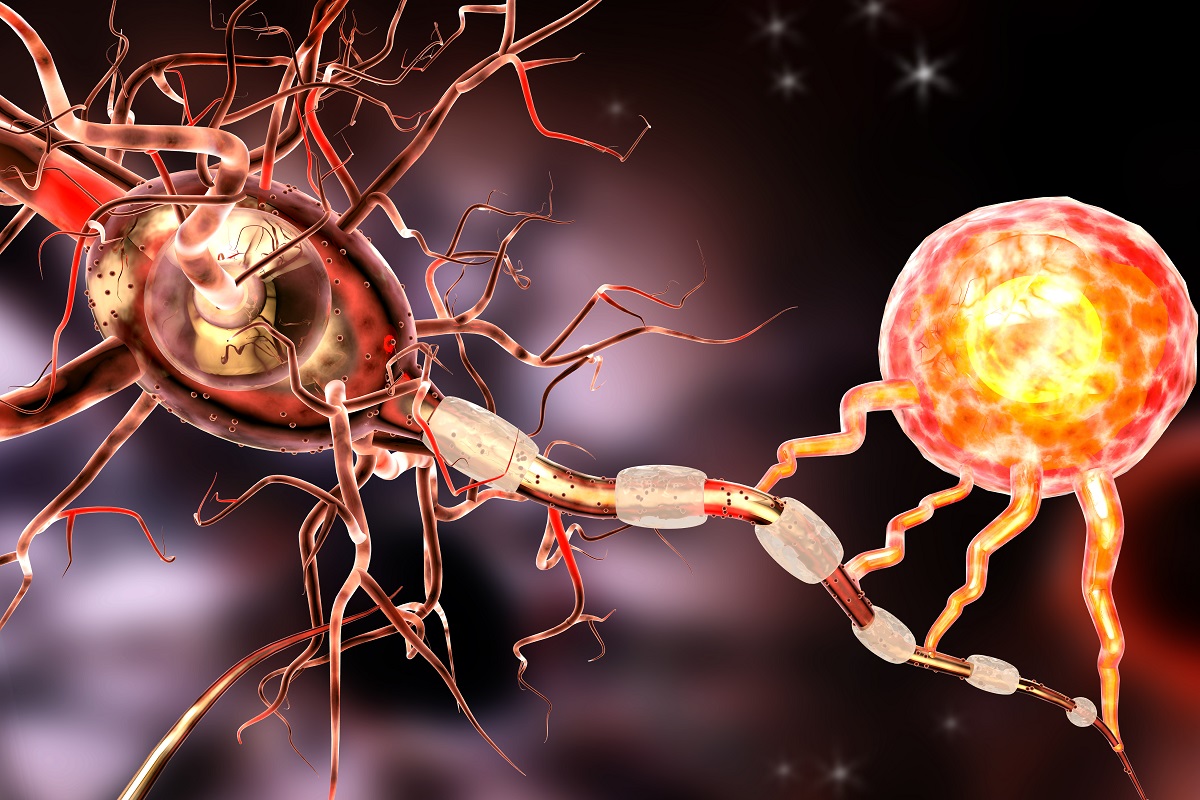KEY TAKEAWAYS
- The phase 2 trial aimed to assess the efficacy of EV in previously treated HNSCC patients.
- The primary endpoint was confirmed ORR.
- EV frequently showed tumor response and controllable prognosis in pretreated HNSCC patients
Patients with recurrent/metastatic head neck squamous cell carcinoma (HNSCC) face a dismal prognosis, thus requiring more effective treatment. Nectin-4, which is common in HNC, is targeted by enfortumab vedotin (EV), approved for locally advanced or metastatic urothelial carcinoma, alone or in combination with pembrolizumab.
Emrullah Yilmaz and his group conducted a study aimed at evaluating the efficacy of EVs in relapsed/metastatic primary HNSCC.
Patients with regionally superior or metastatic strong tumors had been grouped into tumor-particular cohorts, with a focal point on people with HNC ineligible for curative remedy. Eligible patients had radiographic progression publish-remaining routine, development/relapse/discontinuation because of toxicity after one platinum-based therapy, and had acquired ≤2 strains of cytotoxic remedy inside the advanced placing.
Prior treatment with a programmed cell death protein 1/ligand 1 (PD-1/L1) inhibitor was allowed unless contraindicated. Patients had been administered intravenous EV at 1.25 mg/kg on days 1, 8, and 15 of each 28-day cycle till disorder development or meeting discontinuation criteria.
The primary endpoint was confirmed objective response rate (ORR) assessed by the investigator. Secondary endpoints included duration of response (DOR), disease control rate (DCR), investigator-specified progression-free survival (PFS), overall survival (OS); and safety/tolerability. Exploratory endpoints included immunogenicity, pharmacokinetic parameters, and patient-reported outcomes.
About 46 patients were enrolled with a median follow-up of 9.3 months. Median age was 65 years, 87.0% were male, and 52.2% had received three or more prior lines of systemic therapy in the metastatic setting. Approximately 45 patients had squamous cell carcinoma, and one had adenocarcinoma. The confirmed ORR was 23.9%, and DCR was 56.5%. Median time to response was 1.7 months, while median duration of response was not estimable. Median PFS and OS were 3.9 and 6.0 months, respectively.
Common treatment-related adverse events (TRAEs) included alopecia (28.3%), fatigue (26.1%), and peripheral sensory neuropathy (23.9%). Grade 3 or higher TRAEs occurred in more than 1 patient for anemia and decreased neutrophil count (both n=2). TRAEs of special interest included skin reactions (45.7%), peripheral neuropathy (32.6%), dry eye (6.5%), and hyperglycemia (4.3%). No antitherapeutic antibodies against EV were detected.
Serum EV levels decreased substantially from end-of-infusion concentrations before subsequent doses in Cycle 1, while plasma concentration of free monomethyl auristatin E (drug component of EV) remained high between days 1 and 15 of Cycle 1. The median global pain assessment score was 4/10 at baseline, with a numeric reduction in scores (indicating pain improvement) observed in Cycle 3 and beyond.
The analysis revealed that EV exhibited significant antitumor effects and tolerable adverse events in patients with heavily pretreated head and neck cancer following platinum and PD-1/L1 inhibitor therapy.
The trial was sponsored by Astellas Pharma Global Development, Inc.
Source: https://astro.confex.com/astro/hncs2024/meetingapp.cgi/Paper/59610
Clinical Trial: https://clinicaltrials.gov/study/NCT04225117
Yilmaz E, Rosenberg AJ, Fujisawa T, et al. (2024) “Enfortumab vedotin (EV) in the previously treated advanced head and neck cancer (HNC) cohort of EV-202.” Presented at MHNCS 2024 (108).



